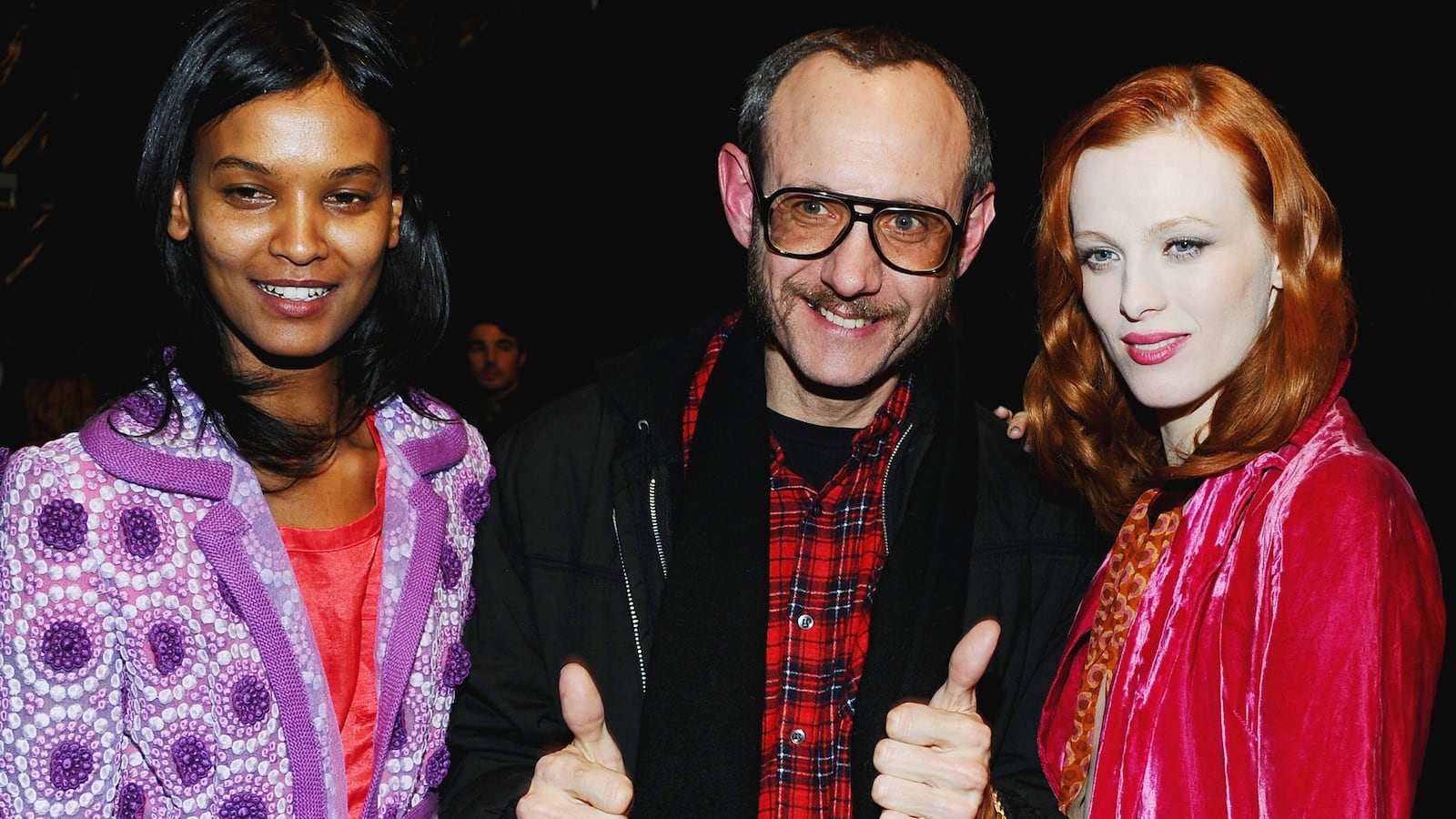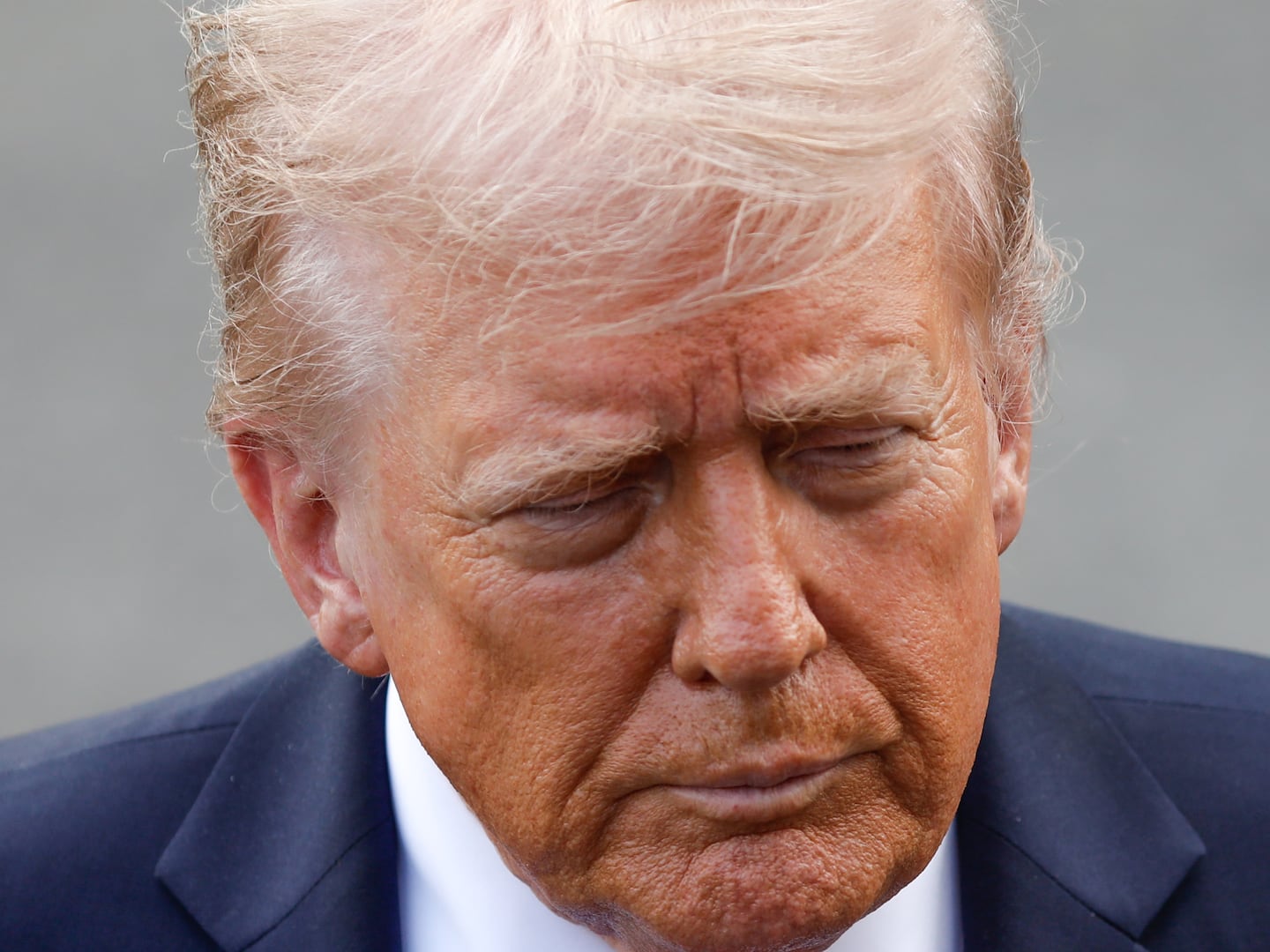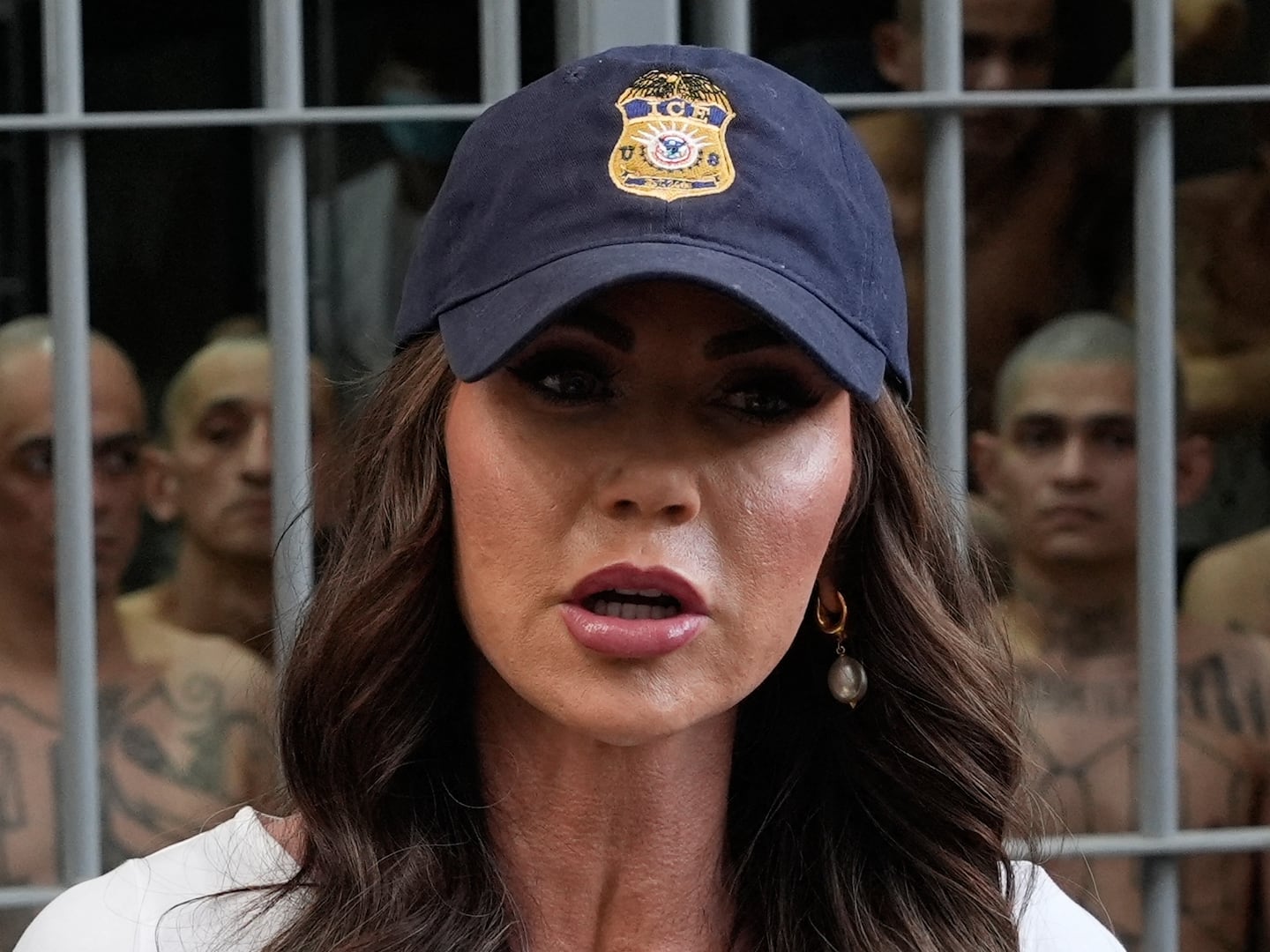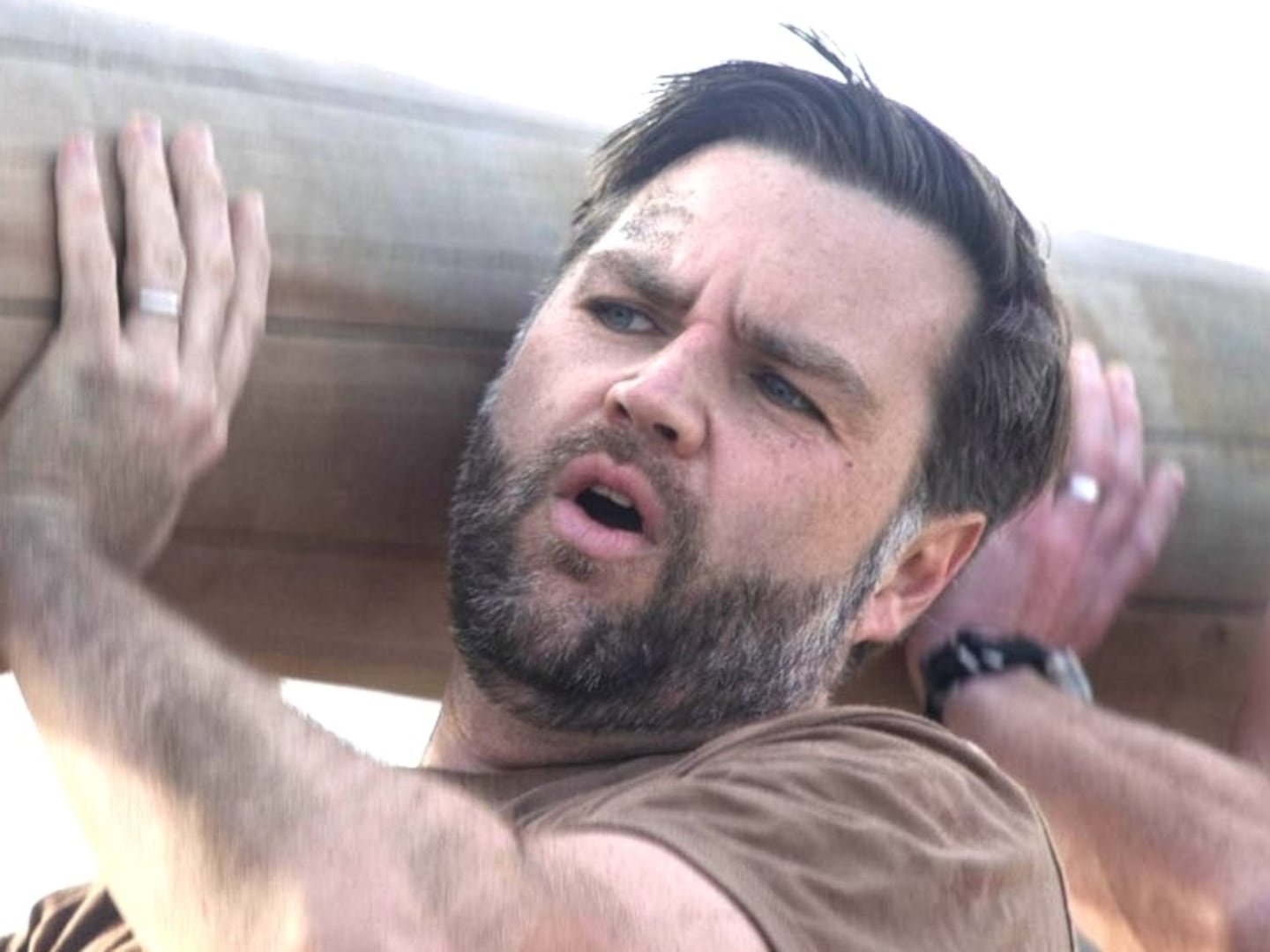
When I became a model at age 14, I had no idea what I was signing up for. Childhood dreams of travel and luxury seemed like easy fixes to my rural, small-town innocence. But what I found was an industry rife with sexual harassment. Twenty years later, it’s still the same.
The televised testimony of Anita Hill has gone down in our nation’s history. In 1991, Hill sat in front of a panel of all male senators and told her story, as portrayed in the new documentary, Anita. She alleged that Clarence Thomas, her superior and mentor, had sexually harassed her in the workplace on numerous occasions. Hill said that Thomas frequently talked about pornography in the office, referencing a porno-film character, in addition to boasting of his own sexual prowess. Instead of treating her with respect, the senators humiliated Hill during her testimony, calling on her to repeat the most uncomfortable details of her harassment. Four women waited to back Hill’s story, some with similar sexual harassment claims against Thomas. But none of the witnesses were called upon by the head of the Senate Judiciary Committee, a man who is now, twenty years later, the Vice President of the United States. Clarence Thomas, who had been a judge for only a year, went on to be confirmed as a Supreme Court Justice.
While Hill’s allegations came to naught for the Thomas case, they had a much broader, longer-lasting impact: they transformed the nation’s views on sexual harassment in the workplace. But for some women, whose professional value is tied to their physical appearance and appeal, the battle for recognition and action remains as fierce as it was for Anita Hill more than two decades ago.
Recently, former model Charlotte Waters came forward to give a detailed account of the harassment and assault she claims she experienced during a photo shoot with Terry Richardson. She was 19 and the session, Waters said, started off like any other nude shoot she had done before. A release was signed, her ID was checked. A few portraits were taken, and she says she was instructed by Richardson to undress. It wasn’t until Richardson requested she hold the top of his jeans while he shot her from above that Waters began to get uncomfortable. Before long, she said, things got out of hand.
This isn’t the first accusation of sexual misconduct leveled against Richardson. Four women have come forward over the last five years with hauntingly similar stories alleging harassment. In the past, the online media has gone into a frenzy reporting on the charges against the photographer. Mr. Richardson had ignored them. And each time, his accusers maintain that he has gone back to business as usual—exploiting women.
Richardson responded to the most recent allegations in a canned, sexist way, calling them an “emotionally-charged witch hunt.” This is akin to Clarence Thomas saying his judicial trial, and more specifically Anita Hill’s accusation, was “a circus. It’s a national disgrace.”
Richardson, a darling of couture’s top brass, has shot covers for Harper’s Bazaar, GQ, and Rolling Stone. He has worked with Beyoncé, Madonna, Lena Dunham, and even President Obama. His hyper-sexualized aesthetic is highlighted in Miley Cyrus’s “Wrecking Ball” video that he shot last summer. Like Thomas, Richardson has not suffered many material or professional consequences in the aftermath of these women’s accusations.
While any person can report charges of rape or assault to the police, the Civil Rights Act of 1962—which prohibits employment discrimination based on race, sex, color, national origin, or religion—only protects crimes in the workplace that are committed as part of an official employer/employee relationship. Here, Richardson has a loophole on his side: classified as independent contractors, models are not protected by sexual harassment law.
In 2010, Designer Marc Jacobs, who often appears in Richardson’s online blog of candid photographs, told the Wall Street Journal, “I’ve worked with Terry and Terry has asked me to do some crazy things. I know that those pictures will exist if I do them. But I'm a big boy and I can say no.” He added, “If a girl is underage, maybe the girl's agent or chaperone should be present on the shoot. That's the hard part. Who’s to blame or who’s to watch?"
As Mr. Jacobs points out, underage models should be chaperoned and offered protections. This past fall, New York State finally passed a law, granting protections for minors working as models in the fashion industry. Things like school-night curfews and on-set hour limits, chaperones, tutors, and mandatory financial trusts are now available for models under 18 working in New York. But models who are 18 or older, such as Waters was at the time of the alleged harassment, fall into a grey area where no legal protection or system of support is available. At 18, and still technically teenagers, models find themselves pressured by agencies into take risky jobs and test shoots to further their careers.
Models also are not legally able to unionize for the same reason they are not protected by the sexual harassment laws established by the Civil Rights Act— they are classified as independent contractors. Because of this loophole, modeling agencies are not the models’ employers. And so, agency loyalties are not to their young workers, who rapidly age out of an industry based around youth. They’re loyalty lies with their wealthy clients—the magazines/designers/photographers that they will continue to work with for decades.
One year after the Thomas confirmation, in 1992, I left home for the first time to travel to Japan as a professional model. As a 15-year-old, I did not know what sexual harassment was, but I experienced it on almost a daily basis. From catcalls on the street to subway groping to the way a photographer spoke or touched me, I instinctually knew the difference between a situation I felt comfortable in and a situation I did not. I was a child-worker, working without protections.
I would hope that if Hill’s situation presented itself again, both men and women would stand up to defend her. But I can’t help but wonder, if you were to put the word “model” instead of “law professor” in front of Ms. Hill’s name, would the result remain the same?
While our country has made steps toward equality since Ms. Hill’s time in 1991, I question any system that continues to allow predators to act in plain view. Just because models are young women who wear little clothing while doing their job, their allegations are no less valid.
Models must be given workplace protections.
As Hill has since stated, “We know sexual harassment is wrong. We know it exists.” But the question is not just whether or not it exists. Yes, we know it exists. Now we need to do something about it.






